Industry Experiences Trickle-Down Transformation
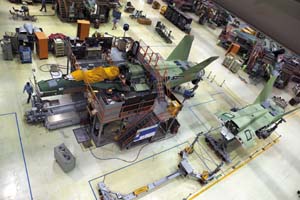 |
At the Boeing Company’s production facility in St. Louis, the Super Hornet’s forward fuselage, which Boeing manufactures, is spliced together with the center and aft fuselage, which Northrop Grumman manufactures. Boeing is the team lead in the partnership with Northrop Grumman to build the fuselage. General Electric manufactures the engines, and Raytheon provides the radar. |
The sea change occurring in military and government procurement processes today is rippling through large companies and affecting how they conduct business. Capabilities-based acquisition, super-size contracts and a reduction in the government work force are driving factors in a corporate transformation that includes scanning for business opportunities earlier than in the past, then teaming to offer best-of-breed systems.
This shift creates its own set of challenges for some of the largest defense contractors as they find themselves collaborating to bid on some contracts while competing with the same companies for others. “Coopetition,” as business development specialists call it, is industry’s answer to developing complex solutions to today’s complex problems. Within a company, the concept’s effects are far-reaching—from increasing knowledge of a competitor’s strengths and weaknesses to influencing research and development investment decisions. For customers, coopetition can mean continuity even when working with teams led by different prime contractors.
Teaming has become a way of life in defense contracting, brought about by evolving events in government, industry and the world. Many agencies have moved to capabilities-based acquisition practices, describing the problem and soliciting solutions rather than requesting a specific product. And as a result of the cutback in the number of government systems engineers in the 1990s, the role industry plays in program management also has changed.
Changes have occurred within industry as well. Although the frenzy of mergers and acquisitions has waned, the result has been a smaller group of large firms vying for fewer but more lucrative contracts—so competition is stiff. Large companies also recognize innovations emerging from small businesses and consequently seek partnerships with firms regardless of their size.
Jon Korin, executive director, strategic development, Northrop Grumman Information Technology, Herndon, Virginia, maintains that teaming is always beneficial as long as companies remain customer-focused. “First, the government gets the very best solutions architected and offered when contractors combine their capabilities. From a value and pricing standpoint, creating stronger teams gives the best value. From a contractor’s perspective, there is the risk-reward element. In very large government programs, there could be eight or 10 prime bidders, but it doesn’t make sense for so many to bid. So they form teams to share the investment of bidding a large program then share the reward,” Korin says.
Putting together an effective team is about more than just finding the best technologies, Korin adds. Team coordinators also look for firms that offer the right skill sets and processes and are familiar with the potential client’s organization or business domain. Tom Oles shares this view. As the vice president of business development for Lockheed Martin Information Technology, Seabrook, Maryland, Oles has found that many customers evaluate a team’s knowledge of the existing environment because it helps in the transition to new systems. “Low-risk approaches are critical to the customer today,” Oles notes. However, the business development field is so competitive that companies are focused on delivering innovative solutions, so it’s important to explore new partners and capabilities as well, he adds.
Competition is occurring on many levels, Oles points out. Not only does the smaller number of large contracts increase competition between teams, but many of the large companies are also vying to partner with the same set of mid-tier companies. In addition, the nature of the competition has changed as the team lead must evaluate the integrated capabilities of the competing team rather than just the capabilities of a single contender.
 |
General Dynamics C4 Systems leads Team MATRIX, a group of well-known companies, for work on the Warfighter Information Network–Tactical project, which will be the integrating communications network for the U.S. Army’s Objective Force. |
“It comes down to the amount of content versus the probability of win many times. The content is how much work and revenue will actually come to our company. The challenge often is should we give up content to join with someone else and increase our chance of winning the contract. At General Dynamics, we go with the probability of win and what the customer wants. If the customer has a strong preference for a specific company’s products or capabilities, we will seek them out because, come the end of the day, the probability of win is tightly aligned to the customer’s wants, pricing and performance,” Rhue maintains.
To ensure that a General Dynamics team meets a customer’s expectations, the company creates integrated project teams, another new approach in business. In the past, individual partners would be assigned to work on specific subsystems based on their expertise. Today, Rhue explains, General Dynamics chooses specific companies to lead an effort then populates the team with the most talented people from across the alliance. “That approach generates a lot of creative thinking, and everyone knows what everyone else is thinking. It’s coopetition within coopetition,” he says.
Working together intimately poses some challenges, business development experts admit, but nondisclosure agreements and firewalls preclude employees from sharing information they may obtain about a competitor while working on a different contract. Personnel who violate these agreements not only jeopardize their company’s credibility but also their own.
But subtler issues lay beneath the surface. Tom Culligan, executive vice president of business development at the Raytheon Company, Arlington, Virginia, points out that companies must count on employees honoring nondisclosure agreements because many of the firms that collaborate today once were competitors and may be again. “People know that they’re under ethical and legal obligations not to reveal information they’ve gained while working on a different project. It’s almost like working on a classified program.
“But for decades, these companies had a visceral dislike for each other, and now they’re saying, ‘Trust me.’ That’s why it’s even more important today to treat it like a classified program. It’s hard,” he says.
To address this issue thoroughly, Culligan says Raytheon goes beyond traditional measures and continuously briefs its employees on the importance of keeping certain information confidential. “We also train others not to ask the questions that would reveal information. They need to know not to put someone in a position where they think that their career enhancement would be based on revealing information. It comes down to credibility, professionalism and ethics,” he states. Because many defense contractor staff members are former military or government employees and worked on classified projects, they are accustomed to keeping specific information confidential, he adds.
Coopetition has other consequences. Korin and Rhue agree that a certain amount of institutional knowledge about a competitor is gained just by the act of teaming. “You certainly get to know your competitors better, and you do run the risk that in the next effort where you’re competing against them you know more about them … and they know more about you. This hasn’t been as problematic as you might think, but if a relationship has gone sour, you have insight into their weaknesses,” Rhue shares.
Culligan contends that another challenge of teaming is convincing the prime contractor to use another team member’s product as part of the total solution. “As companies have become more vertically integrated, the next issue becomes getting them to look beyond their own companies for the overall best technology. That also ties into coopetition. How do you convince a Lockheed Martin or a Northrop Grumman, who compete head-to-head with us in most areas, that they as the prime or lead systems integrator would be better off selecting a Raytheon product over one of their own? Talk about a dilemma inside a company,” he states. Culligan notes that this issue is more easily resolved when a company’s revenues are strong; however, when budgets tighten, it is more difficult to make a fair decision.
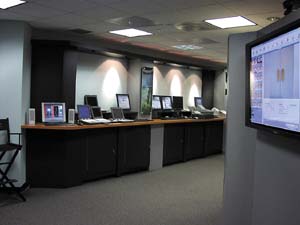 |
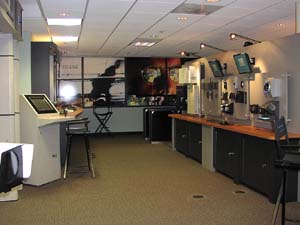 |
Northrop Grumman Information Technology brings its teammates together in its Smart Solution Center in Reston, Virginia, where they can demonstrate and view different types of technologies. |
“The concern I have is that, if the budgets turn and things get tighter, and people say, ‘We’ve got a lot of in-house plant and personnel that we have to keep occupied,’ there will be a greater tendency to do things in-house. Any system is only as good as its weakest link. And the danger—and this is why the government is going to have to have a certain amount of capability—is that the government is going to have to be able to look at some of these and say, ‘We don’t think, company X, that by using in-house resources you’ll get as good a product as you would by going outside to some other provider,’” Culligan states. If companies do not monitor themselves in this regard, government agencies will have to step in. However, the competition between agencies and the private sector for qualified systems engineering personnel is stiff, he notes, so it is a staffing issue that the Pentagon will have to resolve.
The Boeing Company is not as vertically integrated as some of the other large defense contractors, but it still has had to address this issue as an LSI. Shephard Hill, vice president of business development, Boeing Integrated Defense Systems, St. Louis, maintains that, although companies may be tempted to choose their own products over solutions offered by others, the decision ultimately is influenced by customers. When the team lead delivers technologies that fall short, the consequences reach beyond the current contract and jeopardize its reputation with regard to future work, he says.
Hill points out that some of the most vigorous competition takes place between Boeing and Lockheed Martin. “We have a lot of other competitors, but if you look at where we go head to head most, it is probably [with] Lockheed Martin. Yet, we’ve teamed with them on F-22s, the Apache Longbow and missile defense. We go head to head, and we respect them as competitors, but when we see a benefit to the customer, we team with them,” he states.
Maintaining objectivity about a competitor is important to putting together teams that can win contracts, he adds. If a company is so diametrically opposed to a competitor on one program that it cannot appreciate the firm’s value, skills or capabilities, it affects how the firm views a subsequent contract opportunity when it should assess the competitor’s value and competencies objectively, he states.
Boeing’s handling of the U.S. Army’s Future Combat Systems (FCS) program bears out this thinking. As the LSI for FCS, Boeing issued 28 separate procurement contracts, and only one was awarded to a Boeing unit.
In addition to spurring coopetition, Hill and Culligan agree that the move to the capabilities-based acquisition approach is one of the most significant government procurement shifts to occur in a long time. “This is the largest change in the [U.S.] Department of Defense since the end of World War II in terms of how it operates, how it requires, how it acquires and how it budgets. When you look at it, they’re changing almost everything in the approach. What’s driving it is that we’ve gone from a polar threat of known magnitude and type to something that is much more morphed and can turn up anywhere,” Hill says. Although the traditional requirements-based acquisition method facilitates determining cost, time and staffing estimates, capabilities-based procurement allows for more flexibility and innovation, he adds.
Culligan believes that this is an evolutionary period for the acquisition community. “We’re in a transition time right now. There’s a tug of war going on between those who are comfortable with the way we’ve done it for somewhere between 50 and 200 years and those who are saying, ‘Yeah, well that was then, and this is now, and we have to do it differently,’” he states. Although agencies are moving from a requirements-based to the capabilities-based procurement approach, some structure is still required, he adds.
Despite any challenges coopetition may pose, the business development experts at all of the companies agree that one benefit of the competitive environment is that it drives self-examination and improvement within a company. When pulling together a team, each firm must determine its strengths and weaknesses. It must then decide whether investing in developing a B+ solution is better than purchasing an A+ solution that is already available, Hill shares.



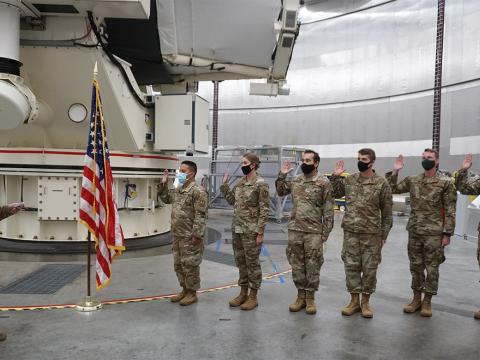
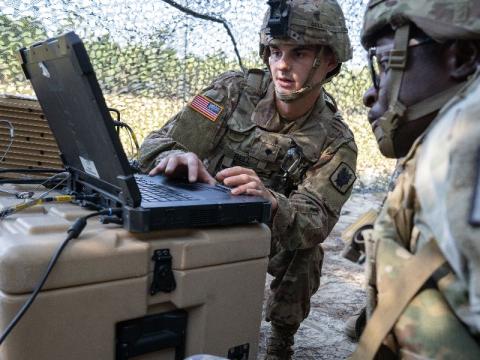
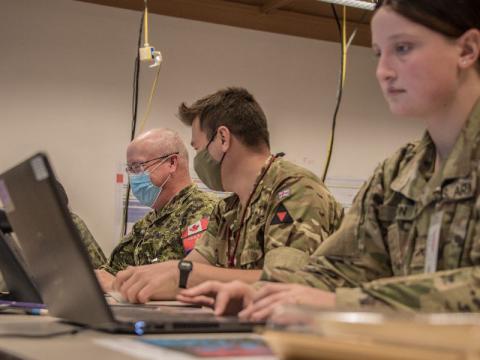
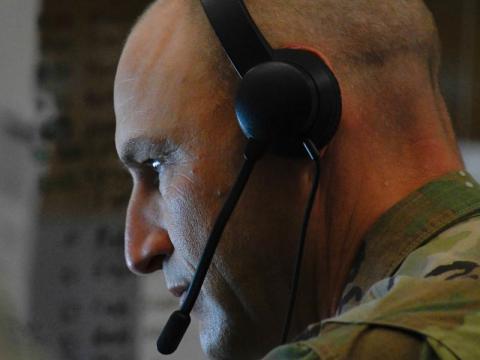
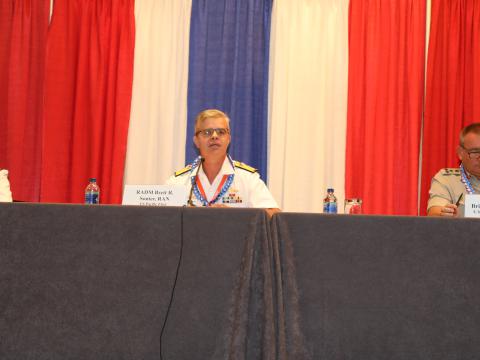

Comments